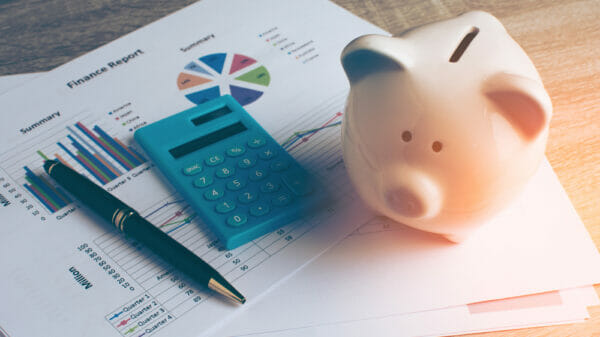Recently, Robinhood, the popular consumer stock trading app, went public with its initial stock offering. The IPO did not generate the desired enthusiasm, as share prices dropped by 8% immediately. Robinhood was already facing mixed opinions due to concerns about the app’s gamification of trading and controversies following a user’s tragic suicide linked to a balance reporting error.
In its latest public earnings report, Robinhood revealed a profit of $565 million in the last quarter, slightly surpassing analysts’ expectations of $521.8 million. However, the narrow profit margin failed to impress investors and further weakened trust in the company. Unfortunately, Robinhood also incurred net losses of $502 million, exceeding expectations and deepening concerns.
Despite the setbacks, Robinhood has experienced increased demand for its services, particularly driven by the surge in meme stocks and cryptocurrencies. The app’s user base more than doubled to 21.3 million in Q2 of 2021. However, Robinhood acknowledges that the third quarter is historically slow for investing, which could lead to reduced trading activity and revenues, as well as fewer new funded accounts compared to the previous quarter.
Robinhood shares are tumbling after it warned investors Wednesday that a 2Q revenue surge, fueled by a boom in cryptocurrency trading, might not last https://t.co/xbSMXmIcm9 https://t.co/17tykphJwg
— Bloomberg (@business) August 19, 2021
Initially, Robinhood’s stock saw a 7% increase in value before the earnings report release, only to drop by 8% afterward. Presently, share prices are around the high 40s, indicating an improvement from the IPO price of $38 per share.













































